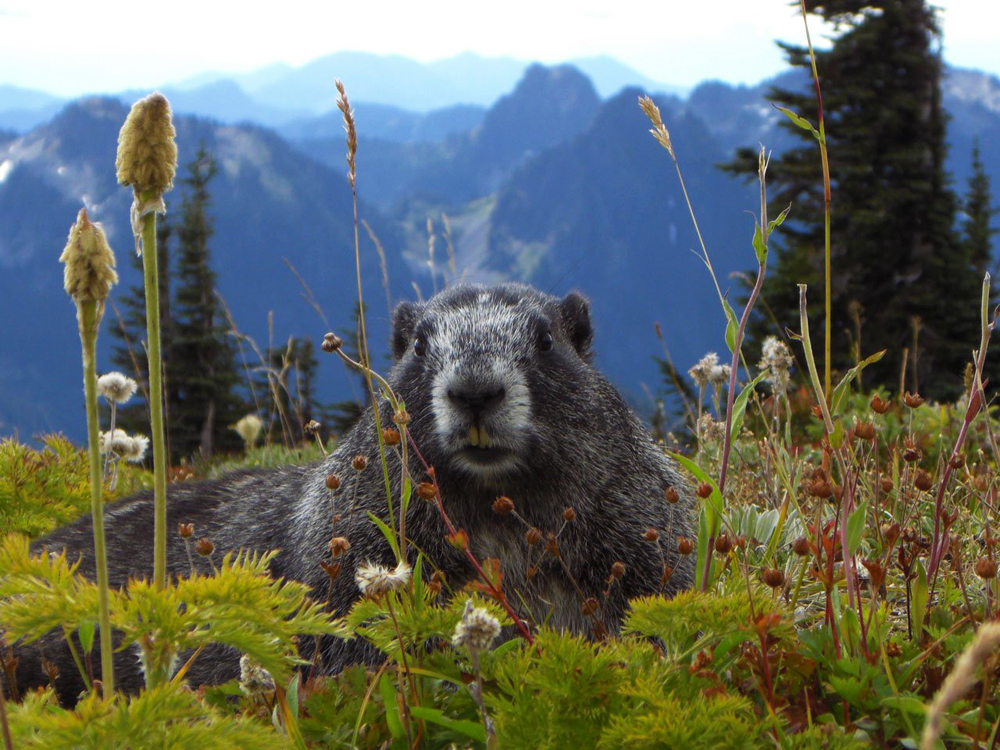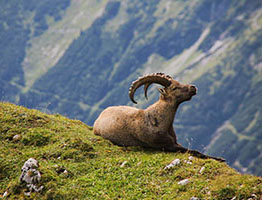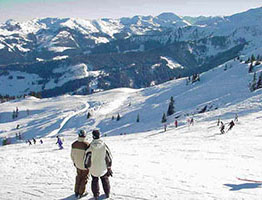Large rodents in the alps
If you have been to the alps, you probably know them; the murmeltiere. Even if you have never seen them in real life, you have probably come across them on souvenirs in souvenir shops. In Austria and Bavaria, they are also called mankei, but in English we just call them alpine marmots.
The alpine marmot
Marmots are the third largest rodents in Europe. They have sharp front teeth, with which they can gnaw well, but also dig. On the front legs they have four toes, which are great for digging deep burrows. On the hind legs they have five. Marmots have a very thick skin that keeps them nice and warm. For this reason, they do not like high temperatures. When they want to cool down, they lie flat on the ground, or they disappear into the coolness of their burrow.
The large family of alpine marmots
Marmots live in families. A family consists of about 20 animals. As soon as the young are around three years old, they set off to find a mate of their own. By doing so, they too start a family of their own.
Murmeltiere have a large burrow system
With a large family, you also need a large home. The corridor system therefore covers a fairly large area in a mountain. To make sure everyone can get away quickly in case of danger, a 'burrow' has several entrances. So there is always an entrance close enough to escape into. The corridor system consists of two different parts; the summer part and the winter part. The summer part is quite shallow and mainly used for escape and cooling down. The winter section, on the other hand, is very deep and is located below the frost line. Throughout the summer, alpine marmots collect hay, which they take to the winter burrow. As soon as winter arrives, they can all gather together in the deep burrows to hibernate nice and warm together.
Looking for murmurs
If you want to find murmeltiere, your search begins above the tree line. This is because marmots cannot stand heat very well, so they seek out the coolness of the high mountains. In summer, you can often find them while they are busy replenishing their fat reserves for the coming winter. They mainly eat alpine herbs found in the mountains. You can find alpine marmots not only by looking, but also by listening. This is because they make different whistling sounds, which for a beginner, can easily be confused with the sound of a bird. Don't want to just go out with the chance of not finding any alpine marmots? Then the area near the Grossglockner offers a good chance to see these critters in real life with a very high probability.






